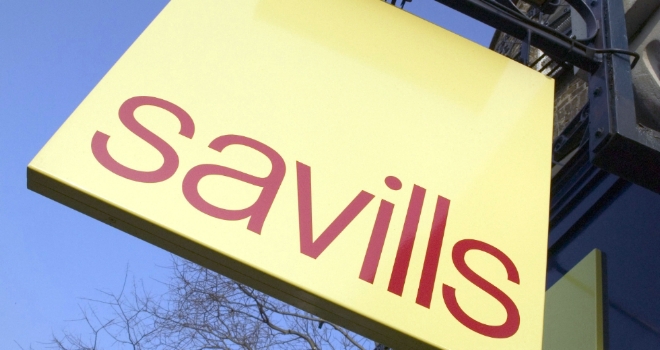
The Government has a target of building 400,000 new affordable homes for sale over the course of this parliament, but we will still require an additional 220,000 homes for rent a year, the firm says.
Policy will curb some of the demand for rented homes, but demand is such that researchers at Savills forecast that the sector will grow by 1.1 million households by 2021, even assuming the 400,000 homes target is reached, the firm says in Rental Britain, published today.
The economic recovery and ongoing low interest rate environment have done little to reverse the growing need for rented housing. Rather, house price inflation ahead of wage growth has served to push homeownership further out of reach for many, at a time when stock in the social rented sector has actually shrunk (by 2.8% in the past five years), pushing more households into private renting.
According to the English Housing Survey, private renting has been growing by a staggering 17,500 households per month on average over the 10 years to 2014. Government housing policy, including Starter Homes, a greater number of Shared Ownership homes and access to larger equity loans through Help to Buy London, seeks to reverse this trend by helping people access the property ladder.
Susan Emmett, director, Savills residential research, said: “But demand for rented homes could still rise more sharply than we have forecast. We would question whether policies can accelerate housebuilding enough to see the Government’s target of 400,000 affordable homes for sale reached in the timescale set. And given the overlap between the different schemes, each focused at similar parts of the market, it is possible that one scheme could simply replace the other rather than providing additional homes.
This analysis demonstrates that we still need to provide a substantial number of homes for rent. Government policy should focus on supporting the development of new homes to rent as well as to buy."
Instead, as the need for rented homes grows, so recent policy announcements are set to constrain the supply of rental homes. The introduction of a stamp duty surcharge of 3% on buy-to-let properties and the restriction on tax relief on mortgage interest payments are likely to limit the ability of private investors to expand their portfolios.
This presents a major opportunity for large scale institutional investors to step into the gap, with expectations that they will remain exempt from the tax changes and become increasingly attractive sources of bulk finance for developers.
Investors are looking both in London and beyond to cities with high and growing concentrations of households in the private rented sector. The Savills investment matrix highlights Manchester, Reading, Edinburgh and Bristol as top-rated targets for investors.





